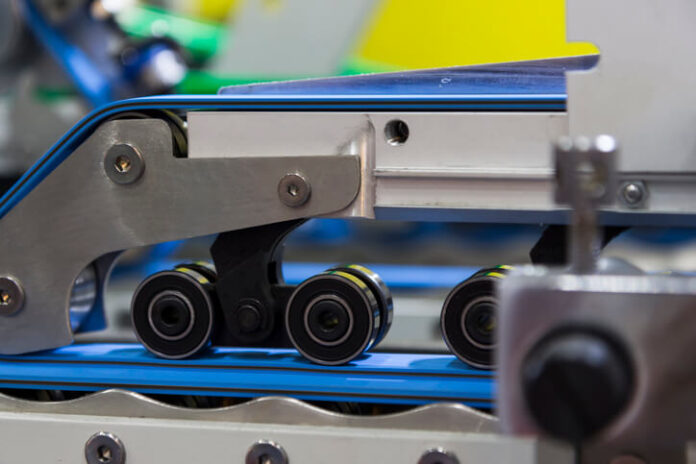Paper folding, also known as origami, is not just a fun pastime or a creative outlet- it is a form of art. A good origami piece is more than just a crumpled piece of paper- it’s a stunning work of art that’s accomplished by folding a piece of paper precisely and carefully.
But what makes a perfect fold? And is there really an art and science behind it? In this article, we will be taking a closer look into the world of paper folding and show you how to achieve perfect folds every time. Let’s get into it.
Why it’s Important to Achieve a Perfect Fold at All Times
Achieving a perfect fold in origami may seem like a small detail, but it holds immense importance. Each precise crease determines the overall integrity and aesthetic appeal of the final creation. A perfect fold ensures structural stability, allowing intricate designs to stand strong and endure.
Moreover, it contributes to the overall beauty and symmetry, enhancing the visual impact of the finished piece. So, whether you’re creating origami for personal enjoyment or meeting the requirements of your customers, knowing how to achieve the perfect folds will make a huge difference in your work.
Unveiling the Power of Paper Folding Machines in Print Finishing
Now that you know why it’s important to get the perfect fold at all times in origami, let’s show you how to make this happen.
Paper folding is a traditional craft that has been around for centuries. But with the advent of modern technology, we can now benefit from paper folding machine that can produce perfect folds every time. These machines are a game-changer in print finishing as they can fold large volumes of paper quickly and efficiently, saving businesses time and money.
The power of paper folding machines lies in their ability to accurately fold paper to precise measurements. They work by feeding paper through rollers that press and fold it, creating a crisp, clean fold every time. This is especially useful for businesses that need to produce large quantities of professional-looking documents, such as brochures, flyers, and leaflets.
So, the art and science of paper folding have come a long way from its traditional roots. With paper folding machines now at our disposal, we can quickly and efficiently achieve perfect folds every time. This technology has revolutionized the print finishing industry, making it easier for businesses to produce high-quality materials that will impress their clients and customers.
Improving Efficiency and Precision in Print Production
In the world of printing, improving efficiency and precision is essential to produce high-quality prints every time. One way to achieve this is by investing in modern printing technologies that can streamline the printing process.
For instance, printers with automated printing functions, advanced finishing features, and intuitive software can significantly reduce printing errors and enjoy faster production times.
Another way to improve efficiency and precision is by investing in employee training and development programs. Providing employees with the necessary skills and knowledge to operate modern printing technologies and software can help them work more efficiently and accurately.
Additionally, offering training programs on quality control, project management, and customer service can help employees identify and address errors and ensure smooth project workflows.
Technological Innovations in Paper Manipulation: Beyond Origami
Technological innovations in paper manipulation have enabled the creation of new forms of art. Beyond origami, designers and engineers are exploring new ways to manipulate paper to create intricate structures and designs.
One such example is kirigami, which involves cutting and folding paper to create three-dimensional shapes. The use of 3D printing and laser cutting technology has allowed for even more complex designs, paving the way for a new generation of paper art.
Furthermore, advancements in paper engineering are creating new possibilities for practical applications. Self-folding origami structures have been developed for medical applications, such as tiny devices that can be used to perform microsurgeries.
The creation of paper-based electronics, or “papertronics,” is also being explored, which could lead to the development of flexible displays and other interactive paper-based technology.
These technological innovations in paper manipulation are not just transforming the world of art but also have the potential to revolutionize industries such as healthcare and electronics.
















